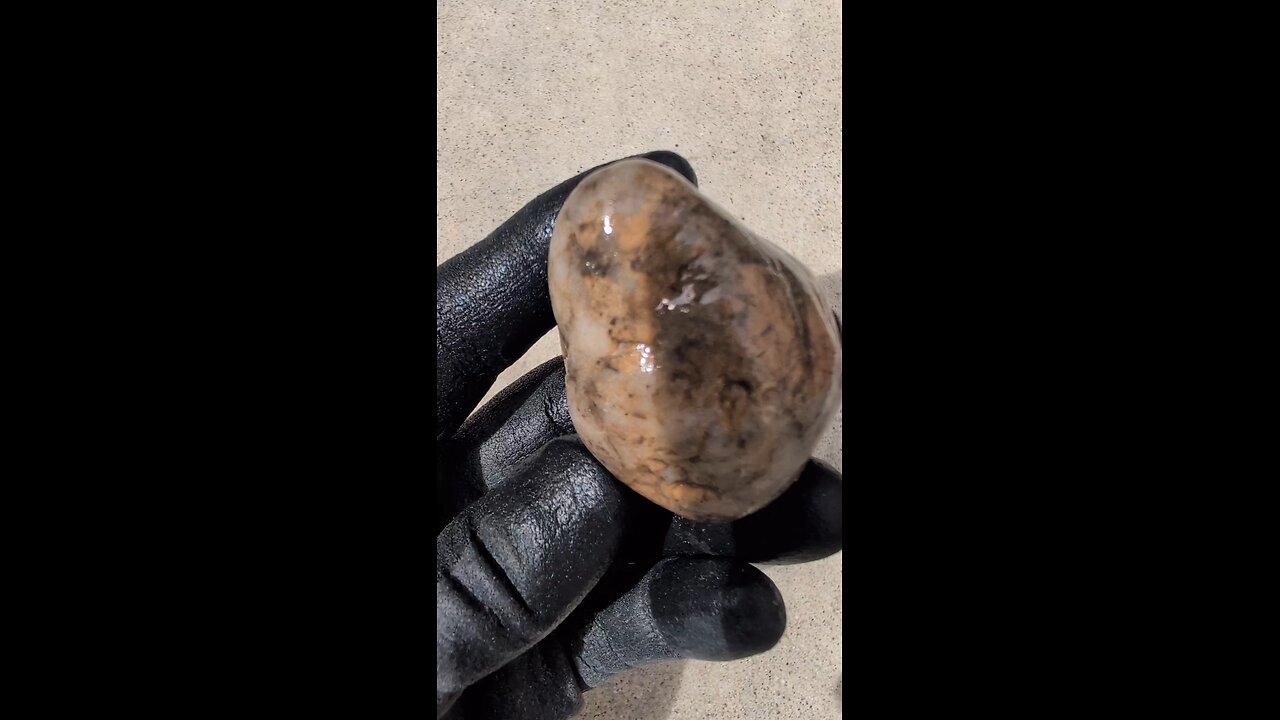Premium Only Content

Quartz+!
Quartzite is a metamorphic rock that forms from the metamorphism of quartz sandstone or quartz-rich sedimentary rock. Here are some key points about quartzite:
Formation: Quartzite forms when quartz sandstone is subjected to high temperatures and pressures, typically during regional metamorphism. This process recrystallizes the quartz grains, fusing them together, and sometimes introduces new minerals.
Composition: It is predominantly composed of quartz, with minor amounts of other minerals like mica, feldspar, or iron oxides, which can affect its color.
Texture: Quartzite has a granular texture but becomes more compact and crystalline with metamorphism. Unlike sandstone, which can be porous, quartzite is typically very dense and hard.
Color: Pure quartzite is usually white or light gray, but impurities can give it colors ranging from pink, red, yellow, to green or blue. Iron oxides can tint it red or yellow, while other minerals might contribute different hues.
Properties:
Hardness: Quartzite is very hard, with a Mohs hardness of about 7, similar to quartz.
Durability: It's highly resistant to weathering and erosion, making it durable for various uses.
Uses:
Construction: Due to its hardness and aesthetic appeal, quartzite is used in building facades, flooring, countertops, and as a decorative stone.
Landscaping: It's popular in landscaping for paths, walls, and decorative elements because of its durability.
Art: Its fine grain and ability to take a high polish make it suitable for sculptures and carvings.
Geological Significance: Quartzite provides evidence of past geological processes, particularly the conditions of metamorphism. It can help geologists understand the history of mountain building and the transformation of sedimentary rocks into metamorphic ones.
-
 11:18
11:18
Dr Disrespect
2 days agoDr Disrespect: THE BEST AND WORST OF GAMESCOM 2025
107K17 -
 2:10:12
2:10:12
Badlands Media
1 day agoDevolution Power Hour Ep. 383: Epstein, Durham, and the Dictator Narrative
83.8K49 -
 2:40:10
2:40:10
DLDAfterDark
8 hours ago $0.29 earnedDLD Live! Feat. Red Dawn Readiness! Glock FRT's - Striker Fire Safety Concerns - ACE Trigger
23.3K2 -
 2:40:21
2:40:21
BlackDiamondGunsandGear
7 hours agoAre ALL Striker Fired Pistols UNSAFE? // After Hours Armory
43.6K8 -
 6:34:50
6:34:50
SpartakusLIVE
11 hours ago#1 Saturday Spartoons on RUMBLE PREMIUM
113K7 -
 1:04:59
1:04:59
Man in America
12 hours ago“Summoning the Demon” — The AI Agenda Is FAR WORSE Than We Know w/ Kay Rubacek
50.5K36 -
 2:16:48
2:16:48
Tundra Tactical
10 hours ago $0.11 earned🎯💥 The World’s Okayest Gun Show 🔫😂 | LIVE Tonight on Rumble!
31.3K1 -
 3:36:03
3:36:03
Mally_Mouse
1 day ago🌶️ 🥵Spicy BITE Saturday!! 🥵🌶️- Let's Play: Tower Unite!
57.1K2 -
 58:59
58:59
MattMorseTV
10 hours ago $1.61 earned🔴Trump just BROKE Newsom.🔴
73.1K86 -
 18:14
18:14
Her Patriot Voice
10 hours agoWho Is WORSE for NYC: Trump Girl or Socialist?
55K34